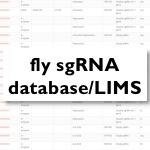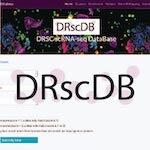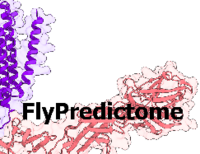|
Used our tools in a study? Please cite Hu et al. (2021) NAR Database Issue and individual tool publications. |
|||||
| Multi-Species | |||||
|
|
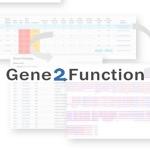 Gene2Function orthologs & gene info summaries (orthologs, GO, & more) [Demo Video] |
 BioLitMine literature mining tool (genes, pathways, people, MeSH terms) [Demo Video] |
 MIST MISTprotein-protein & genetic interactions (multi-source) [Demo Video] |
(PAthway, Network and Gene-set Enrichment Analysis)
|
|
| Fly CRISPR | Fly PTMs | ||||
|
|
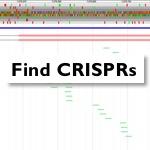 Find CRISPRs Find CRISPRsfly sgRNA designs with genome view (2017 version) |
Find CRISPRs 3 |
SNP CRISPR |
 iProteinDB iProteinDBpost-translational modifications [Demo Video] |
|
| Fly RNAi | |||||
 UP-TORR cell and in vivo RNAi reagent search |
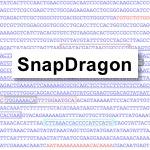 SnapDragon design dsRNAs for fly cell RNAi |
 RSVP Plus in vivo CRISPR & RNAi phenotype data |
 Screen Summary browse DRSC cell RNAi screen data sets |
GeneLookup |
|
|
RNASeq/ scRNASeq Resources |
More fly resources | ||||
 DGET mine bulk RNAseq data for fly |
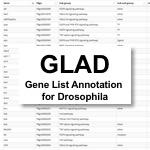 GLAD view grouped gene lists for fly |
|
Paralogs Explorer More fly resource and utility tools |
||
| Network & Pathway | Fly Protocols | ||||
|
COMPLEAT protein complex enrichment analysis (fly, human, yeast) [Demo Video] |
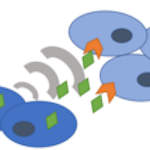 Flyphone Flyphonepredict cell-cell communication from scRNAseq data |
 PathOn find pathway status in your RNAseq data |
|
||
| Data Sets | |||||
|
List of Data Sets (DRSC & Perrimon) with links |
Single-cell RNAseq data sets for specific tissues |
InsulinNet fly PPI, RNAi, PTM data Vinayagam et al. |
MitoMax fly mitochondrial proteomics data set Chen et al. |
PhosphoSite fly kinase network data set Sopko et al. |
|
|
Pooled CRISPR fly cell screen raw data sets Viswanatha et al. |
Nucleolar fly cell RNAi image-based screen data set Neumuller et al. |
DRSC RNA Binding RNAi library fly cell screen data set Mohr et al. |
Table of all public DRSC cell-based RNAi screen data sets at Screen Summary | FlyBi Drosophila Y2H binary interaction data DRSC/CCSB/BDGP | |
| Mosquito resources | Other | ||||
|
MARRVEL
DIOPT-DIST
|
InsulinNet fly insulin network data (PPI, RNAi, PTM +/- insulin) [Demo Video] |
Signed PPI/ DirectedPPI No Longer available. |
|||
CONTACT US
report a bug or make a suggestion
Miss the old tools overview page? View it here.



